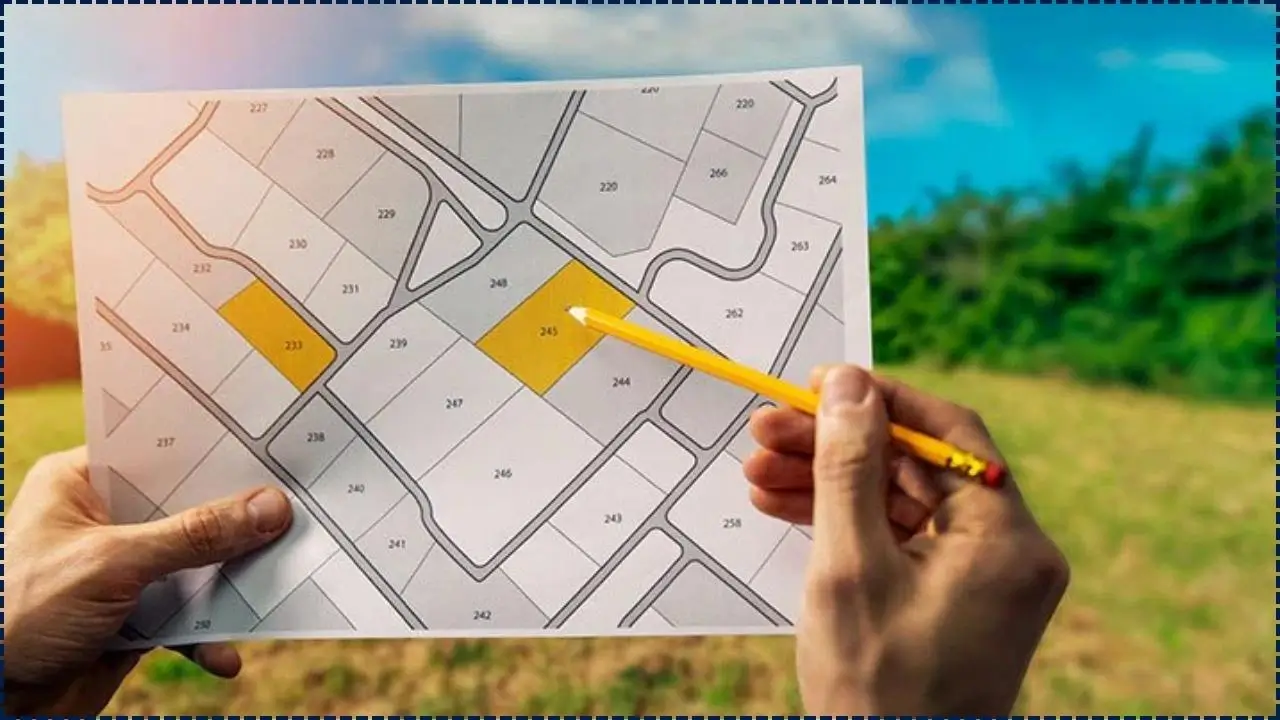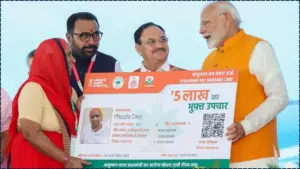In India, obtaining an e-Stamp Certificate has become a streamlined and secure method for paying stamp duty on various legal documents. Whether you’re entering into a property agreement, drafting a lease, or creating an affidavit, the e-Stamping system offers a convenient alternative to traditional physical stamp papers. This comprehensive guide will walk you through the process, ensuring you understand each step and its significance.

Apply for e-Stamp Certificate Online in India
| Feature | Details |
|---|---|
| Official Portal | SHCIL e-Stamping |
| Legal Validity | Recognized under the Information Technology Act, 2000 |
| Supported Documents | Sale Deeds, Lease Agreements, Affidavits, Power of Attorney, etc. |
| Payment Methods | Net Banking, Credit/Debit Cards, UPI, Online Wallets, Challan |
| Verification | Unique Identification Number (UIN) and QR Code for authenticity |
| Availability | Operational in multiple states including Uttarakhand, Maharashtra, Delhi, Tamil Nadu, etc. |
| Processing Time | Instant generation upon successful payment |
What Is an e-Stamp Certificate?
An e-Stamp Certificate is a digitally generated document that serves as proof of payment for stamp duty. Unlike traditional stamp papers, which are physical documents, e-Stamp Certificates are electronic and can be generated and verified online. This system was introduced to combat counterfeit stamp papers and to simplify the process of paying stamp duty.
Why Opt for e-Stamping?
- Instant Issuance: Receive your certificate immediately after payment.
- Enhanced Security: Features like UIN and QR codes ensure authenticity.
- Environmental Benefits: Reduces the need for physical paper.
- Wider Acceptance: Accepted by courts, banks, and government authorities.
- Convenience: Accessible from anywhere with an internet connection.
Step-by-Step Guide to Apply for an e-Stamp Certificate
Step 1: Visit the Official e-Stamping Portal
Navigate to the SHCIL e-Stamping Portal. This is the authorized platform for generating e-Stamp Certificates.
Step 2: Select the Document Type
Choose the type of document you wish to stamp. Common options include:
- Sale Deed
- Lease Agreement
- Affidavit
- Power of Attorney
- Mortgage Deed
Selecting the correct document type ensures accurate stamp duty calculation.
Step 3: Enter Document Details
Provide the necessary details for the selected document:
- Parties Involved: Names and addresses of all parties
- Transaction Value: The monetary value associated with the document
- Date of Execution: The date when the document is signed
- Property Details: For property-related documents, include property address and description
Step 4: Calculate Stamp Duty
The portal will automatically calculate the applicable stamp duty based on the provided details. Ensure that the calculated amount aligns with the stamp duty rates of your state.
Step 5: Make Payment
Choose a payment method:
- Net Banking
- Credit/Debit Cards
- UPI
- Online Wallets
- Challan (if applicable)
Complete the payment process. Upon successful payment, a receipt or reference number will be generated for your records.
Step 6: Generate the e-Stamp Certificate
After payment confirmation, the portal will generate an e-Stamp Certificate containing:
- Unique Identification Number (UIN)
- Document Type and Details
- Stamp Duty Amount
- Date of Issue
Download and save the certificate for your records.
Step 7: Verify the e-Stamp Certificate
To verify the authenticity of the e-Stamp Certificate:
- Visit the SHCIL verification portal.
- Enter the UIN or scan the QR code provided on the certificate.
- Review the displayed information to confirm its validity.
FAQs About Apply for e-Stamp Certificate Online in India
Q1: Is e-Stamping legally valid in India?
Yes, e-Stamping is legally valid and recognized under the Information Technology Act, 2000. Courts and government authorities accept e-Stamp Certificates as proof of stamp duty payment.
Q2: Can I use e-Stamping for property transactions?
Absolutely. e-Stamping is commonly used for property-related documents such as sale deeds, lease agreements, and mortgage deeds.
Q3: What documents do I need to provide?
Typically, you’ll need:
- Proof of Identity: Aadhaar card, PAN card, etc.
- Document Details: Information about the document being executed
- Payment Receipt: Proof of stamp duty payment
Q4: How do I verify the authenticity of an e-Stamp Certificate?
Use the SHCIL verification portal to enter the UIN or scan the QR code on the certificate. The system will display the document’s details for confirmation.
Q5: Is e-Stamping available in all states?
e-Stamping is operational in several states, including Uttarakhand, Maharashtra, Delhi, Tamil Nadu, and more. Check the SHCIL portal or your state’s official website for availability.
Register for Stand-Up India Loan Scheme Online: Complete Process Explained
Conclusion
The introduction of e-Stamping has revolutionized the way stamp duty is paid in India. It offers a secure, efficient, and environmentally friendly alternative to traditional stamp papers. By following the steps outlined above, you can easily obtain an e-Stamp Certificate for your legal documents. Always ensure that you use official portals and verify the authenticity of your certificates to safeguard against fraud.
















